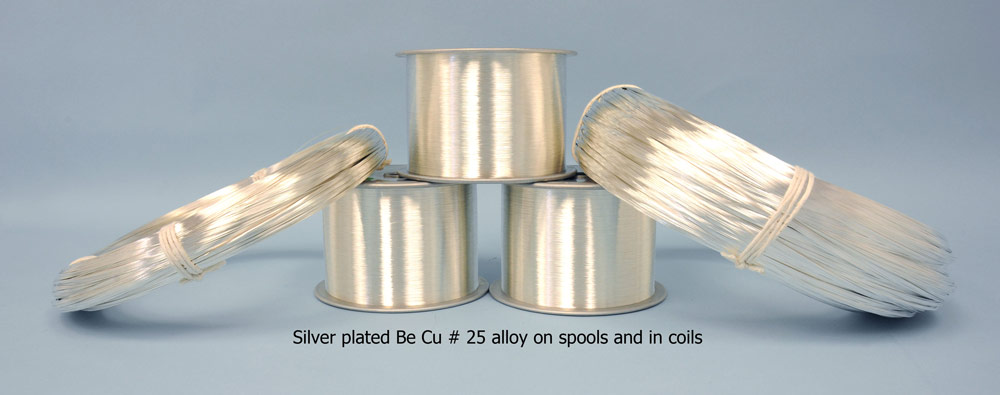When people refer to red metals, they are talking about brass, bronze, and copper (characterized by their reddish tint). Only copper is a pure metal of the three, whereas brass and bronze are considered copper alloys.
- Bronze – a combination of tin and copper
- Brass – a combination of zinc and copper
Brass, bronze, and copper all demonstrate unique performance abilities that make them ideal for many applications and industries. What are the distinct qualities of each, and when should they be used?

Copper is an element, which means that it does not have a chemical formula, and it is represented with the symbol Cu on the periodic table (atomic number 29). The material is soft and malleable and also has excellent electrical and thermal conductivity. Compared to brass and bronze, copper offers the best conductivity, ductility, and flexibility. Bronze and brass offer better machinability, so you should avoid copper if that is an important requirement.
Brass, as an alloy, varies in the number of raw materials. This allows alloys to achieve different characteristics depending on their composition. Brass is a mailable alloy, more so than bronze. It has a low melting point and reliable flow characteristics. Brass is ideal for casting applications. The total density of brass is between 8.4 – 8.7 g/cm3. When aluminum is added to brass, the alloy becomes corrosion resistant due to having a layer of aluminum oxide covering the surface.
Bronze typically contains about 12% tin, and then other metals are mixed into the alloy to create highly unique characteristics (zinc, nickel, aluminum, manganese). Modern bronze, often mixed with 88% copper, is less brittle than cast iron. The material only oxidized superficially after a copper oxide layer has formed.
The right type of metal for a specific application is incredibly important. Making the wrong choice leads to issues down the road. Which is the right material for you?

 Technical Data
Technical Data


